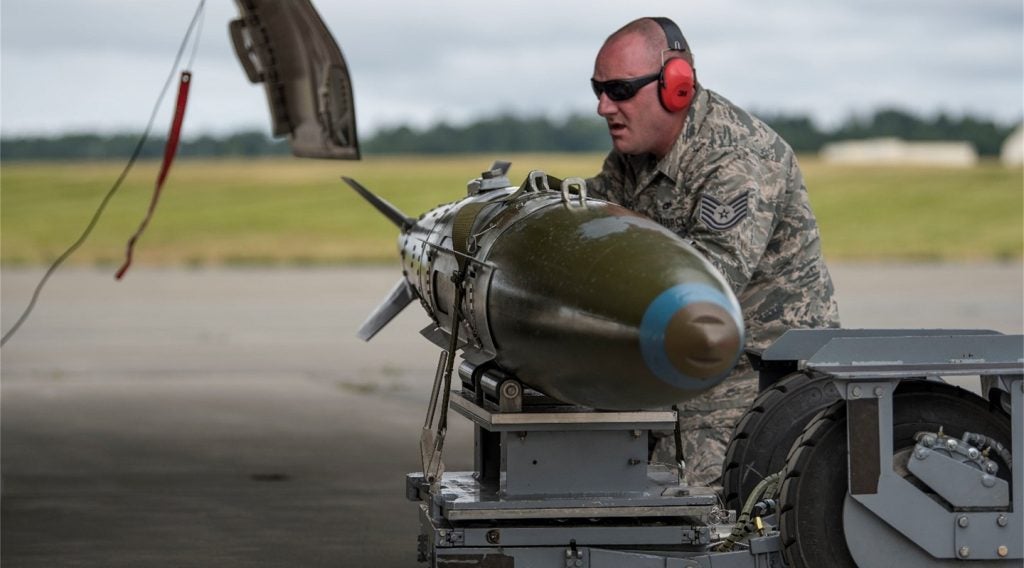Pratt & Whitney has been awarded a contract modification to supply the eighth batch of F135 engines to power the F-35 Lightning II joint strike fighter (JSF) aircraft.
Granted by the US Department of Defence (DoD), the $793m low rate initial production (LRIP) award brings the total contract value to $1.052bn, with $259m earlier awarded for long lead items and sustainment.
Under the agreement, the company will supply a total of 48 propulsion systems, along with programme management, engineering support and spare modules.
The company has reduced average prices for the LRIP 8 conventional takeoff and landing and carrier variant (CTOL/CV). The average cost of short takeoff and vertical landing (STOVL) variant engines have been lowered also, to 3.5% to 4.5% respectively from LRIP 7 to LRIP 8.
F-35 programme executive officer lieutenant general Chris Bogdan said: "Pratt & Whitney continue to keep their commitment to lower costs for the F135 propulsion system.
"The government has negotiated a price reduction for every lot of engines and the latest LRIP 7 and 8 contracts have demonstrated Pratt & Whitney’s commitment to the plan."
How well do you really know your competitors?
Access the most comprehensive Company Profiles on the market, powered by GlobalData. Save hours of research. Gain competitive edge.

Thank you!
Your download email will arrive shortly
Not ready to buy yet? Download a free sample
We are confident about the unique quality of our Company Profiles. However, we want you to make the most beneficial decision for your business, so we offer a free sample that you can download by submitting the below form
By GlobalDataPratt & Whitney F135/F119 engine programmes vice-president Chris Flynn said: "Pratt & Whitney and our supply base remain focused on delivering the F135 propulsion system on or below the cost targets we committed to for our customer."
The contract was awarded at the completion of a joint investigation into the root cause of the 23 June engine mishap on an F-35A fighter at Eglin Air Force Base in Florida, US.
The investigation concluded that a hard rub between the Rotor 3 and the polyimide stationary seal on Stator 2 led to excessive heating and fracturing of the rotor in the fan section of the engine. This caused a fire mishap that forced US Air Force to ground the aircraft for fleet wide engine inspections.
Bogdan said: "We flew the in-flight rub in manoeuvre with aircraft AF-4, and the engine components looked great in follow-up inspections.
"We also conducted flight tests with pre-trenched hardware on AF-2 with similar results."
Flynn said: "We are working closely with the JPO and the Services to expand the flight envelope and to finish the last stages of development."








